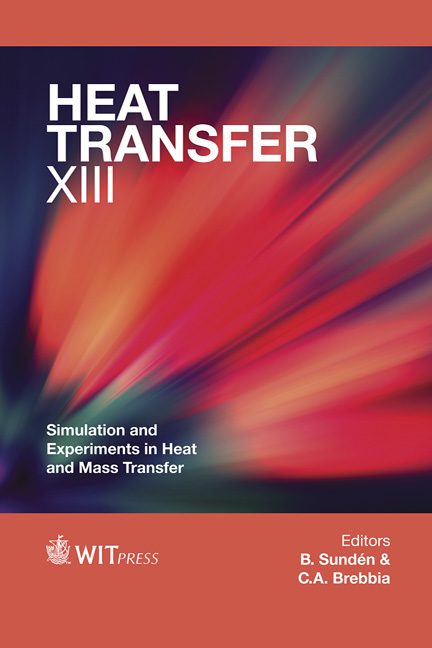A Heat Transfer Model Of A PV Panel Integrated With A \“Rainscreen Cladding System”
Price
Free (open access)
Transaction
Volume
83
Pages
12
Page Range
157 - 168
Published
2014
Size
949 kb
Paper DOI
10.2495/HT140151
Copyright
WIT Press
Author(s)
D. Knera & D. Heim
Abstract
The numerical model presented in the paper was formulated to describe heat transfer in a PV panel integrated with an opaque ventilated facade \“Rainscreen Cladding System”. It was assumed that the external layer is not airtight and is adjacent to the air gap behind the PV panels. This means that air flows from both sides of the panel, but inside and outside the air speed and temperature are different. Dynamic, numerical methods are usually dedicated to describe the heat transfer in the whole building domain, including multilayer external wall construction. The results of specific panel temperature and incident solar radiation determine the electricity generated by the PV cell. As an example of the heat transfer analysis the numerical simulations were performed to examine the effect of air flow in a cavity on the temperature of the PV panel. The geometry and dimensions of the wall system were assumed as a constant. The optimum air flow speed was determined by the magnitude of the cracks between panels. Hourly values of weather parameters such as air temperature, solar radiation and wind speed were used to determine heat and mass flow as well as the temperature of the panel during the whole year. The results can be applied to determine the efficiency of solar radiation converted into electricity including changeable weather conditions and the temperature of the PV cell. Keywords: BIPV, heat transfer, air flow, simulation, efficiency.
Keywords
BIPV, heat transfer, air flow, simulation, efficiency.





